Prediction and Simulation of Wax Deposition in Oil and Gas Wells
DOI: 10.23977/erej.2023.070110 | Downloads: 45 | Views: 1322
Author(s)
Likang Zhao 1, Haiquan Zhong 1, Guoxin Liu 2, Chuangen Zheng 1, Jian Yang 1, Xiaoyi Dong 1
Affiliation(s)
1 State Key Laboratory of Oil and Gas Reservoir Geology and Exploitation, Southwest Petroleum University, Chengdu, 610500, China
2 CCDC Sulige Project Managment Department, Erdos, Inner Mongolia, 017000, China
Corresponding Author
Haiquan ZhongABSTRACT
Wax formation in oil and gas wells can limit the recovery rate of the well and can lead to well shutdown in severe cases. It is therefore important to predict the deposition of waxe during oil and gas production. In order to study the deposition pattern of wax in the wellbore, the wellbore flow and heat transfer processes were analysed, and a method for predicting the wellbore flow, temperature, and pressure was developed and coupled to the pressure and temperature. By analysing the thermodynamic equilibrium conditions of the system, the point of wax precipitation is determined based on the change in phase state of the system. A new simplified wax deposition prediction model incorporating diffusion, shear deposition, and the effects of ageing and stripping was developed by writing a program based on Fick's diffusion theory. A sensitivity analysis of wax deposition revealed that the thickness of wax formation increases as the production time gets longer, decreases as water content and fluid production increases, and the depth of the wax formation point becomes shallower, while the variable of dissolved oil to gas ratio has little effect on wellbore wax formation.
KEYWORDS
Well Wax Formation, Pressure-Temperature Coupled Model, Thermodynamic Model, Wax Deposition ModelCITE THIS PAPER
Likang Zhao, Haiquan Zhong, Guoxin Liu, Chuangen Zheng, Jian Yang, Xiaoyi Dong, Prediction and Simulation of Wax Deposition in Oil and Gas Wells. Environment, Resource and Ecology Journal (2023) Vol. 7: 69-78. DOI: http://dx.doi.org/10.23977/erej.2023.070110.
REFERENCES
[1] Jing Junjie. Study on Paraffin Precipitation Reasons and Paraffin Removal and Control Technology in Wellbore of Longdong Oilfield. Xi'an: Northwestern University, 2020.
[2] Zhu Xizhu. Research on optimization of comprehensive plugging removal technology in Longdong oil area. Beijing: China University of Petroleum, 2007.
[3] WON K W. Thermodynamics for solid solution-liquid-vapor equilibria:wax phase formation from heavy hydrocarbon mixtures. Fluid PhaseEquilibria, 1986, 30: 265-279.
[4] Matzain A, Apte M S, Zhang H Q, et al. Investigation of paraffin deposition during multiphase flow in pipelines and wellbores—part 1: experiments. J. Energy Resour. Technol., 2002, 124(3): 180-186.
[5] Apte M S, Matzain A, Zhang H Q, et al. Investigation of paraffin deposition during multiphase flow in pipelines and wellbores—part 2: modeling. J. Energy Resour. Technol., 2001, 123(2): 150-157.
[6] Elphingstone Jr G M, Greenhill K L, Hsu J J C. Modeling of multiphase wax deposition. ASME Journal of Energy Resources Technology, 1999, 121(1):81-85.
[7] Bruno A, Sarica C, Chen H, et al. Paraffin deposition during the flow of water-in-oil and oil-in-water dispersions in pipes[C]. SPE Annual Technical Conference and Exhibition. OnePetro, 2008.
[8] Mukheijee H, Brill J P. Pressure drop correlations for inclined two-phase flow. Journal of energyresources technology, 1985, 107(4): 549-554.
[9] Li Yingchuan. Numerical method of pressure calculation of two-phase (liquid-gas) flowin directional wells. Atural gas industry. 1990, 10(2): 24-28.
[10] Guo Chunqiu, Li Yingchuan. Comprehensive numerical simulation of pressure and temperature prediction in gas well. Acta Petrolei Sinica. 2001, 22(5): 100-104.
[11] Huang Qiyu, Zhang Jinjun, Gao Xuefeng, et al. Study on wax deposition of Daqing crude oil. Acta Petrolei Sinica, 2006(04): 125-129.
[12] Weingarten J S andEuchne J A. M ethods for predicting wax precipitation and depostion. SPE 15654. 1986.
[13] Chen Dechun. Models for predicting paraffin deposition profile in waxy oil wellbore. Journal of China University of Petroleum (Edition of Natural Science). 1999, 23(4): 36-44.
[14] Yin Guoyao. A kind of calculation method of wax deposition thickness. Oil&Gas Storage and Transportation. 1987, 6 (2): 37-41.
| Downloads: | 5799 |
|---|---|
| Visits: | 414550 |
Sponsors, Associates, and Links
-
International Journal of Geological Resources and Geological Engineering
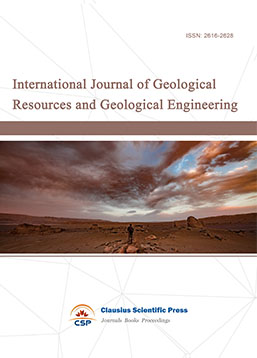
-
Big Geospatial Data and Data Science

-
Solid Earth and Space Physics

-
Environment and Climate Protection
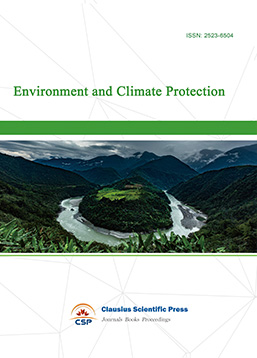
-
Journal of Cartography and Geographic Information Systems

-
Offshore and Polar Engineering

-
Physical and Human Geography
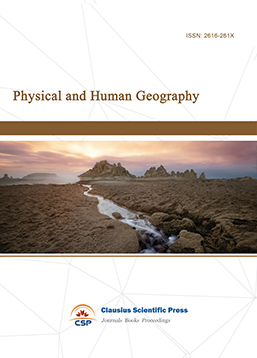
-
Journal of Atmospheric Physics and Atmospheric Environment
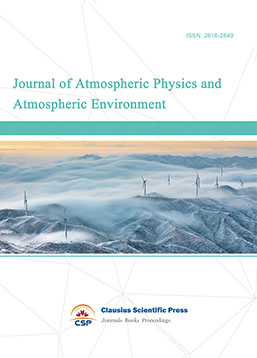
-
Trends in Meteorology

-
Journal of Coastal Engineering Research
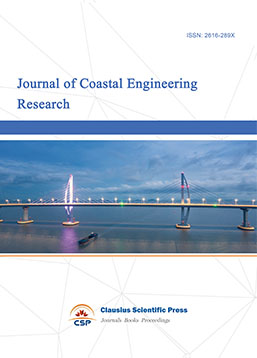
-
Focus on Plant Protection
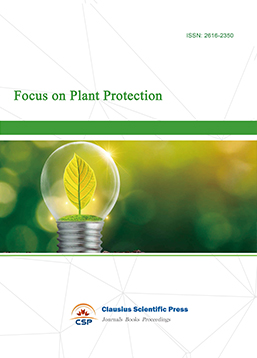
-
Toxicology and Health of Environment
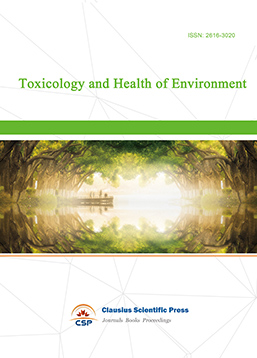
-
Geoscience and Remote Sensing
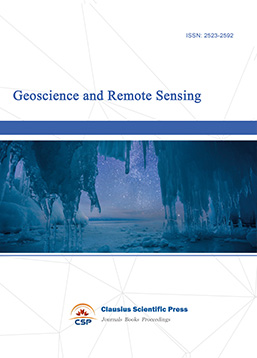
-
Advances in Physical Oceanography

-
Biology, Chemistry, and Geology in Marine
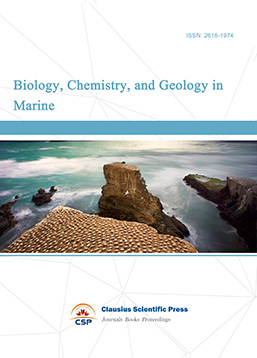
-
Water-Soil, Biological Environment and Energy

-
Geodesy and Geophysics

-
Journal of Structural and Quaternary Geology
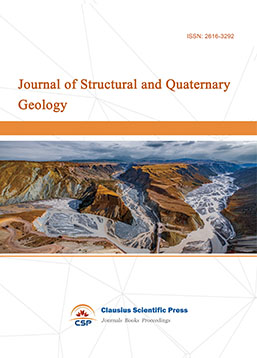
-
Journal of Sedimentary Geology

-
International Journal of Polar Social Research and Review


 Download as PDF
Download as PDF